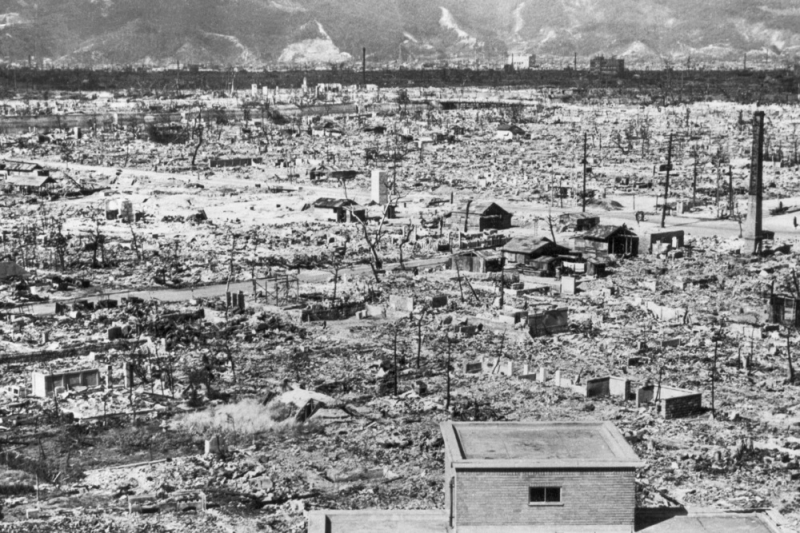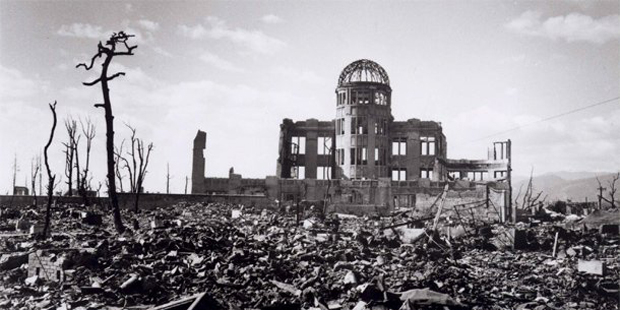Effects of nuclear weapons
Due to the enormous quantities of explosive energy, they may unleash as well as the side effects they generate, such as extreme temperatures and radiation, nuclear weapons are fundamentally different from conventional weapons. Data from the bombings of Hiroshima and Nagasaki, Japan; more than 500 atmospheric and more than 1,500 subterranean nuclear tests done worldwide; comprehensive calculations and computer modeling have all contributed to our understanding of the immediate impacts of a nuclear explosion and fallout. Although less definite, longer-term consequences on the environment and human health have been well-researched. The effects of a nuclear explosion depend on a variety of factors, such as the weapon's design (fission or fusion) and yield, where it detonates (including at what altitude), whether it occurs on the surface, underground, or underwater, the weather and surrounding environment, and whether the target is urban, rural, or military.
A fireball with temperatures akin to the Sun's core is produced when a nuclear bomb explodes. Several different types of energy are released. Approximately 85% of the explosive energy results in thermal radiation and air blast (and shock) (heat). The final 15% is released as early radiation, which occurs during the first minute or two, and residual (or delayed) radiation, which occurs over time and may include some local fallout.










